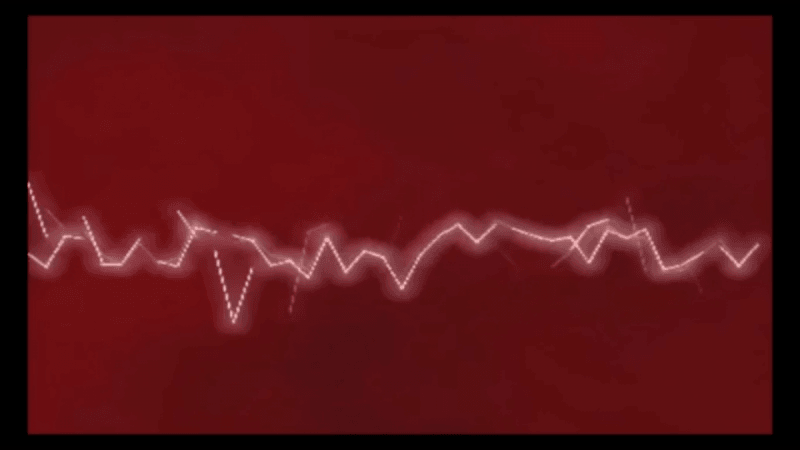
Conveying how much physical pain one is experiencing is not simple. While there are scales for pain, and doctors often ask their patients to scale their own pain from 1 to 10, a patient self reporting pain is both inaccurate and often times confusing.
Researchers from the University of Pittsburgh and UPMC have developed a way to essentially improve communication about physical pain between medical staff and patients. The research team put together a smartphone application called "Painimation" which they believe has the potential to assess pain better than existing tools.
Results of the clinical trial were published today in the Journal of Medical Internet Research.
Lead author of the study, Charles Jonassaint explained how this method could work. Currently, patients rate pain on a 0 to 10 scale or use a selection of words and phrases to describe their pain, methods that have been used for more than 50 years. He went on to speak of how many pain patients will say their pain can't be measured on the 0-to-10 scale and that it is too challenging to describe their pain using words.

"As a result, their pain is misunderstood and patients in pain may be prescribed more opioids without always knowing whether they are needed or if they are working."
Painimation is an electronic assessment tool that uses animations and graphics to assess the quality, type and location of pain. Patients will be first provided with a range of animations which they use to describe the severity of their pain.
Animations can be increased or decreased in speed, colour saturation, focus and size to accurately match their pain experience. The app will also provide users with the opportunity to label pain on a human body so that they can accurately identify where they hurt as well as how much of their body is in pain, say the researchers.
Using animations, the potential to more quickly and accurately understand a person's pain experience, and, more importantly, provide treatments that work, Jonassaint said.
It is not clear at this time if the app will be made available to all users or when it will be released and on what platform one can expect to see it.

















